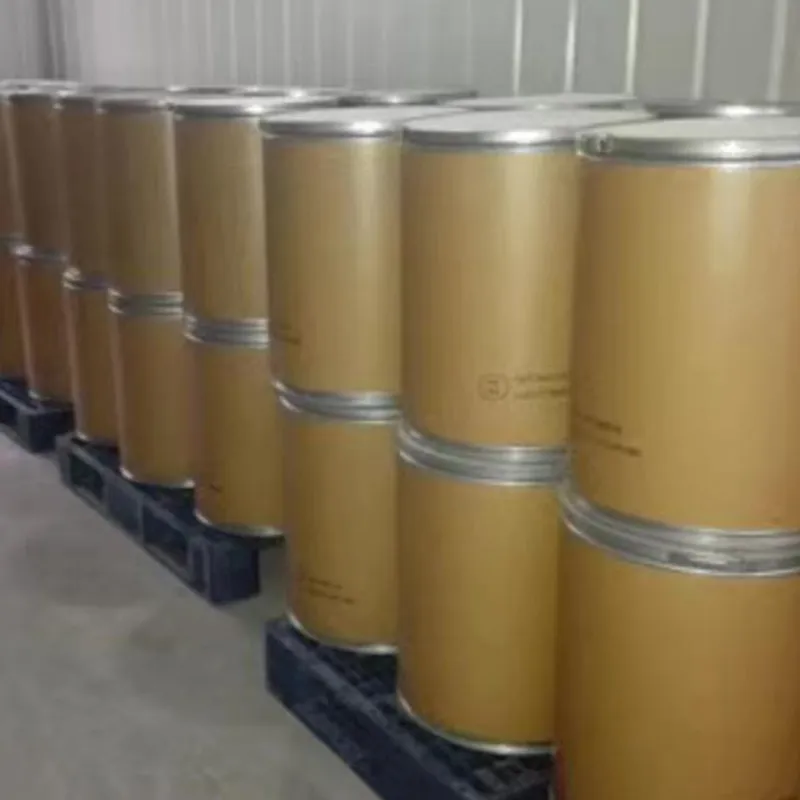
e140 food additive
Understanding E140 The Green Food Additive
Food additives play a crucial role in modern food production and preservation, ensuring that our food remains safe, appealing, and nutritious. Among these additives, E140 stands out as an important natural colorant derived from chlorophyll. This article delves into E140, its sources, applications, and safety, while shedding light on its significance within the food industry.
What is E140?
E140 refers to chlorophyll and its derivatives, which are pigments found in green plants. Chlorophyll is responsible for the green color of plants and is essential for photosynthesis, a process that allows plants to convert sunlight into energy. In the food industry, chlorophyll is extracted from various sources, primarily alfalfa and nettle, and is then processed for use as a food additive.
Sources and Extraction
The most common sources of E140 are leafy greens such as spinach, kale, and other vegetables high in chlorophyll. The extraction process typically involves crushing these plants and using solvents to obtain the chlorophyll pigment. This extracted chlorophyll can then be modified to produce chlorophyllin, a water-soluble version that is more stable and easier to work with when added to food products.
Applications in the Food Industry
E140 is primarily used as a natural coloring agent in a variety of food products including candies, beverages, and dairy items. It provides a vibrant green hue that makes food visually appealing and can enhance the overall consumer experience. In addition to coloring, chlorophyll and its derivatives are often recognized for their potential health benefits, including antioxidant properties and potential detoxifying effects.
e140 food additive

Beyond its aesthetic appeal, E140 may serve functional purposes in certain products. For instance, it can act as a preservative due to its antibacterial properties, helping to prolong the shelf life of certain foods. This dual role as both a colorant and a preservative makes E140 a valuable addition to food formulations.
Safety and Regulations
The safety of food additives, including E140, is rigorously evaluated by various regulatory authorities around the world, such as the European Food Safety Authority (EFSA) and the Food and Drug Administration (FDA) in the United States. E140 has been deemed safe for consumption when used in accordance with established guidelines. Its natural origin and potential health benefits add to its appeal among health-conscious consumers seeking alternatives to synthetic additives.
That said, like any food additive, the consumption of E140 should be in moderation. Individuals with specific allergies or sensitivities to chlorophyll-rich plants should also exercise caution when consuming foods containing E140.
Conclusion
E140, the green food additive derived from natural chlorophyll, embodies the shift towards using more natural ingredients in food production. As consumers increasingly seek transparency and health-conscious options in their diets, E140 stands out not only for its functional benefits as a colorant and preservative but also for its potential health advantages.
As the food industry continues to innovate and adapt to consumer preferences, E140 will likely remain a staple in the realm of natural food additives. Its role in enhancing both the visual appeal and nutritional profile of food products reflects a broader trend towards sustainability and health in the modern cuisine. Understanding additives like E140 helps consumers make informed choices and appreciate the complexities involved in food production.
-
Understanding Synthetic Rubber OptionsNewsApr.27,2025
-
Trichloroisocyanuric Acid: Essential for Clean and Safe WaterNewsApr.27,2025
-
Sodium Dichloroisocyanurate: Key to Safe Water TreatmentNewsApr.27,2025
-
Sodium Acid Pyrophosphate: Essential in Modern Food ProcessingNewsApr.27,2025
-
Essential Water Treatment ChemicalsNewsApr.27,2025
-
Denatured Alcohol and Its Industrial UsesNewsApr.27,2025
-
The Versatile Uses of Sodium BicarbonateNewsApr.24,2025
Hebei Tenger Chemical Technology Co., Ltd. focuses on the chemical industry and is committed to the export service of chemical raw materials.
-

view more DiethanolisopropanolamineIn the ever-growing field of chemical solutions, diethanolisopropanolamine (DEIPA) stands out as a versatile and important compound. Due to its unique chemical structure and properties, DEIPA is of interest to various industries including construction, personal care, and agriculture. -

view more TriisopropanolamineTriisopropanolamine (TIPA) alkanol amine substance, is a kind of alcohol amine compound with amino and alcohol hydroxyl, and because of its molecules contains both amino and hydroxyl. -

view more Tetramethyl Thiuram DisulfideTetramethyl thiuram disulfide, also known as TMTD, is a white to light-yellow powder with a distinct sulfur-like odor. It is soluble in organic solvents such as benzene, acetone, and ethyl acetate, making it highly versatile for use in different formulations. TMTD is known for its excellent vulcanization acceleration properties, which makes it a key ingredient in the production of rubber products. Additionally, it acts as an effective fungicide and bactericide, making it valuable in agricultural applications. Its high purity and stability ensure consistent performance, making it a preferred choice for manufacturers across various industries.











